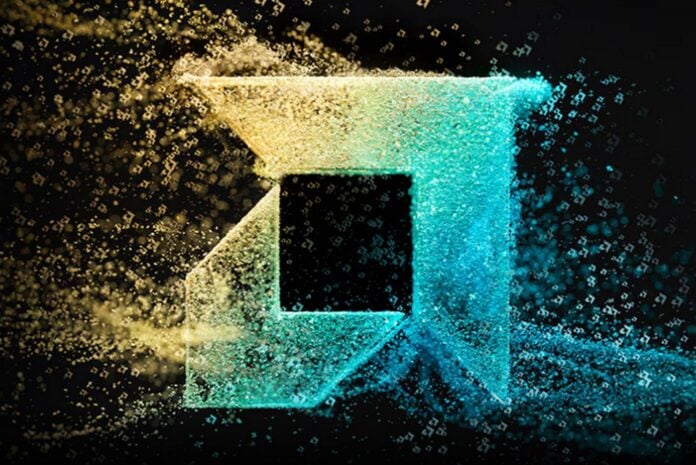During an interview with AMD’s VP & GM of Ryzen CPU and Radeon graphics, David McAfee, and Director Client Product Management, Travis Kirsch, the Korean outlet Quasar Zone managed to get some answers regarding the brand’s recent products. The outlet asked about nascent issues faced by some unlucky AM5 socket users, the Radeon RX 9060’s exclusivity, and future CPU design improvements, among other things.
Starting with the question that most of you likely have on your minds; the AM5 socket burning issues. Quasar Zone asked AMD’s representatives about the recent burning reports, which are still popping up from time to time, and if AMD has taken any steps or countermeasures to fix/avoid them.
To that, the answer was straightforward. It’s the fault of some OEM (Original Equipment Manufacturer) and ODM (Original Design Manufacturer) partners who didn’t follow the values recommended by AMD. AMD points out that it works closely with its board partners both during product and firmware development to ensure everything works within specs. However, its platform’s wide range of hardware combinations plus the multi-generational CPU support add complexity, thus unforeseen issues can arise. In other words, its platform’s flexibility is its Achilles’ heel. For this reason, the company recommends always keeping your hardware up to date to ensure the latest fixes and improvements are applied.
Next, the interviewer asked about the launch of the entry-level Radeon RX 9060 graphics cards, wondering about their absence in DIY retail markets.
Turns out, what we had heard previously was correct. AMD has released this GPU exclusively through OEMs and system integrators, forcing interested users to buy a complete system to get one. An unfortunate situation, of course, since this model would have been the cheapest in the discrete Radeon 9000 lineup, giving budget gamers an affordable option. The brand said that for the time being, the RX 9060 is part of efforts to give system vendors another tool to grow their business, but someday, hey, it may reach retail channels.
Lastly, Quasar Zone asked David McAfee and Travis Kirsch about the PCIe lane count on consumer platforms, wondering if we may see an increase anytime soon.
Once more, AMD’s platform longevity is the limiting factor. Since the aim is to keep a socket alive for as long as possible – more than eight years in the case of AM4 – once a platform is defined, its capabilities are fixed. Otherwise, some hardware may become incompatible. Therefore, implementing new functionality generally requires a new platform release. With that in mind, AMD ensures that it carefully analyses market trends and demands whenever it prepares new products, so platforms can maintain their appeal as long as possible.
But that’s not all, folks, as Quasar Zone has also asked AMD about Ryzen Threadripper and Radeon Pro products, especially regarding AI and Nvidia’s CUDA advantage. You can check out those answers and more in the Quasar Zone’s Q&A article.


